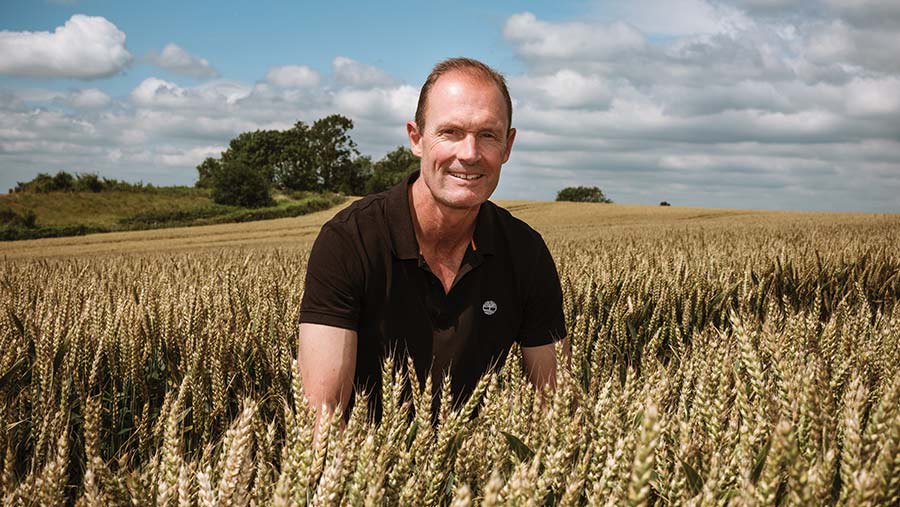Farmer Focus: Managed to combine OSR at up to 14% moisture
 © MAG/Colin Miller
© MAG/Colin Miller The rain is playing havoc with the early harvest in Kent, much in contrast to the burning heat of last year.
We have managed to combine the oilseed rape crop at up to 14% moisture, so if we averaged this with last year’s driest readings it’d be about right.
See also: Video: Snatch-and-go start to Somerset winter wheat harvest
Most of it yielded reasonably, but the field that got the most flea beetle (and I considered pulling up) wasn’t so good, although I’m not sure replacing it with beans would have made any more margin.
We have sent some of the offending pests off to Patricia Ortega-Ramos at Rothamsted to see how resistant they are to pyrethroids and, more interestingly to me, as I don’t use insecticides, whether they have been the target of parasitic wasps.
I have taken delivery of next year’s OSR seed for drilling and have again opted to mix up six different varieties, which, in my rough and ready farm trials, has sometimes had a yield advantage.
This was first prompted many seasons ago when I decided to put my whole acreage down to the top variety called Winner – which then inevitably transformed into a loser.
Also, I prefer the latest hybrids and I feel that by buying several it increases the chance that some will turn up with very big, and therefore more vigorous, seed.
Unfortunately, the wheat millers don’t seem prepared to consider varietal mixtures yet so I will stick with Extase, which seems to work in my neither very-high nor very-low input approach.
It’s fascinating to hear that some Niab trials have identified tillage as reducing the number of flea beetle pupae in the OSR stubbles.
Usually I am a reluctant tiller, but actually, as long as it’s only a scratch, it has helped with slugs and given a better surface for direct disc drills to work in – hairpinning of residue and consequential reduced establishment is certainly an issue in my experience.


